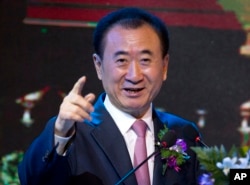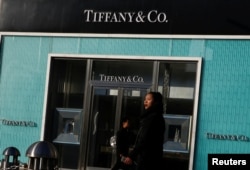The rear of the Coolpad 1 sports a dual rear-camera setup and the fingerprint scanner
Lets see complete Coolpad Cool 1 Review in detail. "Under the dual-brand strategy we aim to earn a spot within the top 5 smartphone manufacturers in China and in India", he said.
LeEco's CEO Jia Yueting took over as Coolpad's chairman in August after becoming the largest shareholder in the company and the Cool 1 Dual marks the first device under this new partnership.
Coolpad Cool 1 Dual's camera is the biggest differentiator from other LeEco smartphones. The other 3 GB variant will feature a 32GB onboard storage and will be available for purchase on offline stores.
To begin with, the Cool1 sports a shiny metallic unibody with chamfered edges and a 5.5-inch Full HD IPS panel up front with a sufficient 450 nits brightness. The screen also has an incredible 403 PPI pixel density.
Cool 1 is powered with 1.8 Ghz octa-core processor and Adrena 510 GPU and comes in 3GB and 4GB RAM variants.
The dualSIM phone runs Android Marshmallow-based EUI, which is custom skin built by LeEco. The smartphone comes with 32GB of onboard storage and does not have a microSD card for memory expansion. The phone is further backed by a 4,000mAh battery and supports Qualcomm's Quick Charge 2.0 technology. The Quick Charge feature enables the smartphone to charge up to 50 percent in just 30 minutes as is claimed by the company. The major and important thing which is to be noted is its dual camera along with the battery life.
One of the main highlights of the Cool 1 is a dual-camera setup on the back that includes two 13-megapixel cameras featuring f/ 2.0 aperture, Phase-Detection Auto-focus (PDAF), 4K video recording, 720p slo-mo along with dual-tone LED flash.
One sensor catches the RGB hues while the other one is for catching monochrome pictures.
We will be sharing photo samples shot using Cool 1 Dual in our detailed review, but we can easily say that the camera is better than what we saw in the Le 2. The dual-camera setup on the Cool 1 Dual also allows one to capture images with DSLR-like bokeh effects. Additionally, there's a glass fingerprint scanner on the back, dual-SIM support, 4G LTE, VoLTE, WiFi 802.11 ac/a/b/g/n (2.4/5GHz), Bluetooth v4.1, and a USB Type-C port on the bottom. The sensor can also be used to click selfies. This phone is available now in one variant only - 3GB RAM/ 32GB storage priced at Rs. 13,999.
Source: Cheapest Smartphone With Dual 13 MP Camera & 720p Slo-Mo Recording! Check













